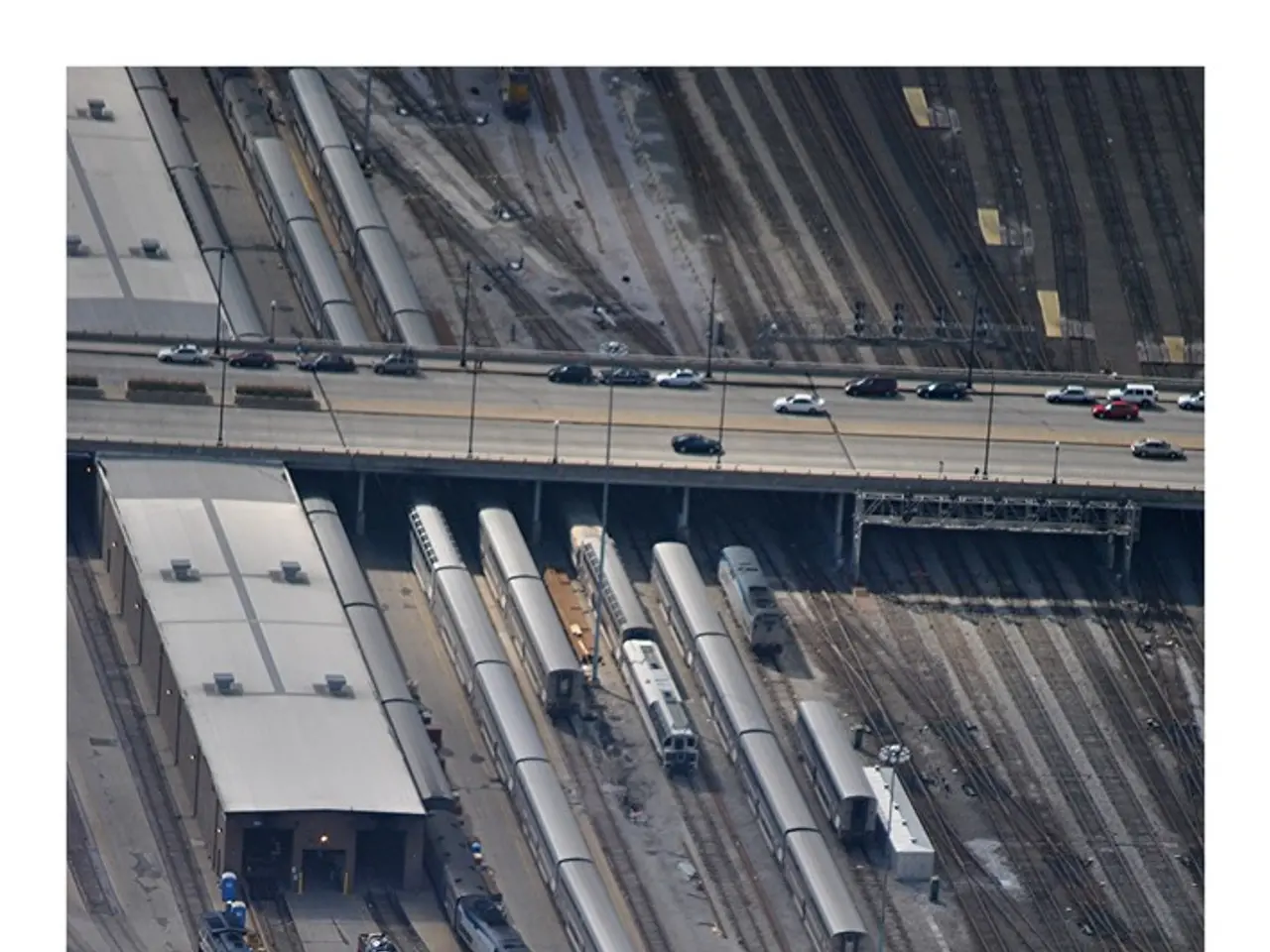EU's €17 Billion Plan to Boost Military Mobility as Russia Threat Looms
The European Union confronts a substantial challenge in its military readiness, as its transport chief cautions that existing infrastructure struggles to support a large-scale military deployment in the event of a conflict with Russia. The EU is now planning a €17 billion overhaul of key infrastructure to tackle this issue.
Most of Europe's transport network was constructed without military logistics in mind, making many bridges unsuitable for rapid armoured deployments. To address this, the European Commission is focusing on around 500 priority projects across four military corridors, identified in cooperation with NATO. These corridors include the Rhine-Alpine, Mediterranean, North Sea-Baltic, and Atlantic routes. The proposed upgrades aim to support NATO's updated guidance for defence spending, which recommends allocating 5% of national GDP to defence, with 1.5% invested in infrastructure and security.
The EU's wider rearmament programme, estimated to cost up to €800 billion, seeks to reduce dependence on the United States for security and respond more swiftly to threats. The transport department of the European Commission has stated that bridge modernization measures under the EU budget 2028-2034 will prioritize projects such as the renovation of key international bridge crossings in the identified corridors to enhance connectivity, safety, and infrastructure resilience.
The EU's transport chief has emphasized the serious risk posed by Europe's infrastructure, much of which is not designed to accommodate heavy military vehicles. This could lead to tanks and troop carriers being stranded or delayed in an emergency, potentially hindering NATO forces' ability to mobilise quickly to defend the EU's eastern frontier. The EU's €17 billion plan to overhaul key infrastructure is a significant step towards addressing these structural weaknesses and improving military mobility.
Read also:
- CEO Efe Cakarel of film platform Mubi addresses controversy regarding new investor and Israeli military ties, establishes advisory board and fund to safeguard artists under threat.
- India's Agricultural Storage Infrastructure Booms: Record Projects, Capacity, and Funding
- Trump urged to abandon one-sided trade restrictions during a 'productive' conversation with Xi about the TikTok issue
- Launching a Chore Service Business: Exhaustive Tutorial





